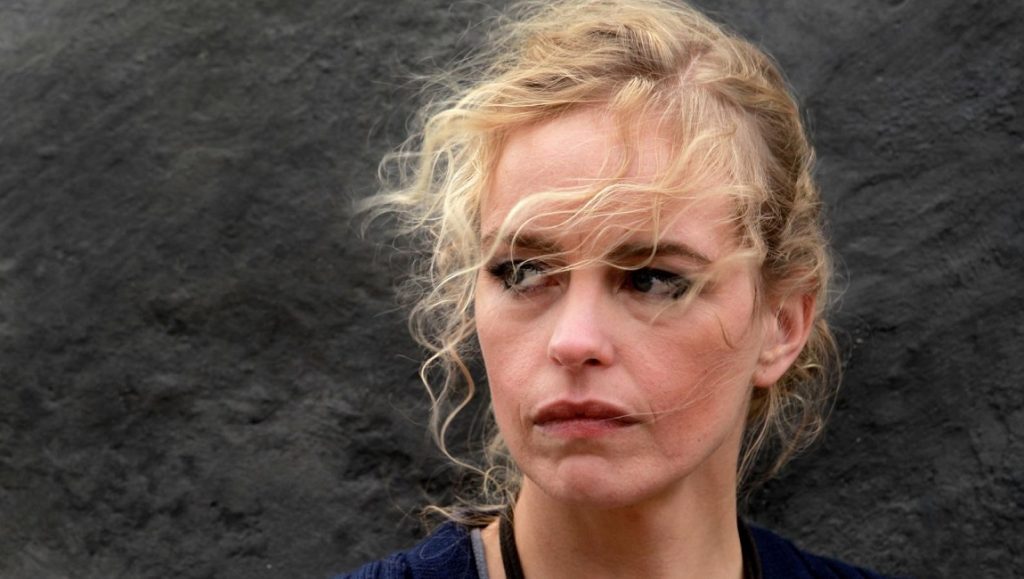In retrospect, it almost seems odd that Christian Petzold’s international breakthrough effectively came with Barbara. Though it was his first period film, dealing with a readily identifiable hook — the eponymous doctor (Nina Hoss) wants to escape 1980s East Germany — its actual progression, its choices of emphases and structure, result in something far more complex and thornier than would be expected from such a bare-bones logline. Indeed, bare-bones would be the first impression that a fair chunk of viewers would get from the film, which focuses on Barbara’s interactions at the small town hospital that she has been forcibly transferred to, especially with the head doctor Reiser (Ronald Zehrfeld). Additionally, she must contend with periodic apartment raids and constant surveillance from the Stasi, personified by Officer Schütz (Rainer Bock), and the furtive relaying of supplies and money from West German compatriots, including her lover, Jörg (Mark Waschke).
It’s true that the film toggles between these storylines, paying attention to the constant tension that Barbara must face in dealing with patients and warding off the suspicions of the authorities. But Petzold crucially declines to over-dramatize or telegraph any of its developments with cheap ploys to increase the tension. There is no moment when the tremendously skilled Barbara slips and makes an incorrect diagnosis or is forced into an interrogation room and worked over to no avail: Barbara is distinguished above all by the quiet surety of its development, which lets what ultimately becomes a discernible narrative come to fruition in an intensely subdued manner.
This assuredness is evident in the very nature of Barbara’s character. As played by Hoss, she gives the immediate impression of statuesque imperiousness; in the first scene, Schütz says that she would be called sulky if she was six but doesn’t follow up on the analogy, a gesture that sets up the film’s depiction of her as not quite akin to a subject found in a character study, but rather as almost a vector, a force that, impetuous and blunt as it may be, carries with it a dazzling amount of charisma. It is a star performance in the classical sense; much of the film’s pleasure comes from simply seeing Hoss alternating between motion and stasis, channeling the scene’s given emotion with her figure’s bearing.
It’s no accident that so much of the film is therefore dedicated to travel. Barbara accepts a few rides from Reiser at different points, but for the most part she prefers to ride her bike and/or take the train. This is partly out of necessity, as she goes to her dead drops and illicit rendezvous, but Petzold includes scenes of not inconsiderable length showing her in transit, which do a great deal to bring out the local color and surroundings that might very well be missed in a film more dedicated to plot and incident. Of course, there is a secondary purpose to these scenes, as Barbara is constantly on the lookout for prying eyes, and the long scenes may very well be interrupted by a screeching car or a policeman’s call; when this does happen, however, it occurs outside of her home, furthering the constant dichotomy of finding familiarity in strange places, and danger in the most intimate spaces.
The strangest — and eventually most comforting — place of all in Barbara is the hospital. This strand of the film is divided neatly into halves, watching how Barbara and Reiser deal with two young patients, Stella and Mario, whom they are focused on almost to the point of exclusion of other patients. This leaves a great deal room for interactions between the two doctors, as they often come together to converse about their concerns and observations. Reiser emerges here as a warm yet implacable presence, as both Barbara and the viewer are unsure exactly how much of his generosity and endearingly fumbling attempts at courtship are influenced by his collaboration with the Stasi. For his part, Zehrfeld plays his part as bemused, almost curious about his new coworker, letting his restive visage act as the antithesis of Hoss’s means of expression.
Though these two characters are the only two that Barbara truly focuses on, Petzold gives so much detail to every interaction that each character — whether it be a hired piano tuner, an excitable sex worker, or, most of all, Stella, the one true victim in the midst of so much paranoia and foreboding — has their own unique charge and autonomy that in turn influence the viewer’s perception of Barbara. When the time for her final decision comes, it is critically not based upon some crisis of conscience, but rather out of a sense of duty, an inner strength and morality that has been built upon in every scene. And just like everything else in this supremely controlled film, this unspoken turn of events is conveyed via only a few minimal gestures, set in a few evocative images. Thus, the status quo continues, but it does so with a renewed, confident understanding and dedication.
Part of Christian Petzold: In the Cut.


Comments are closed.